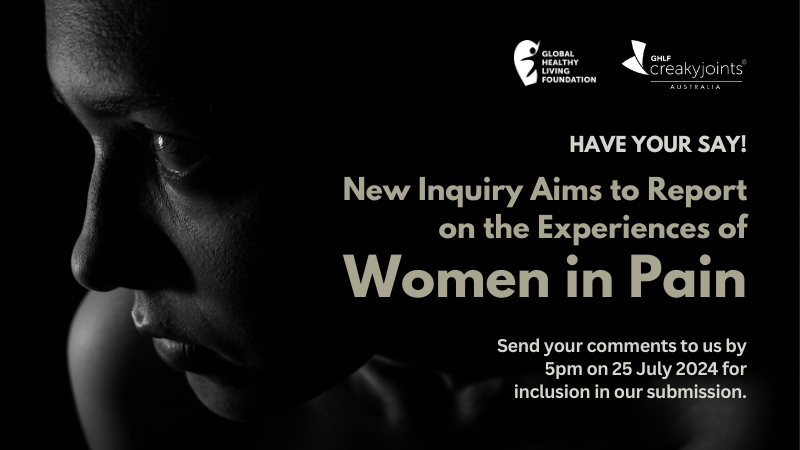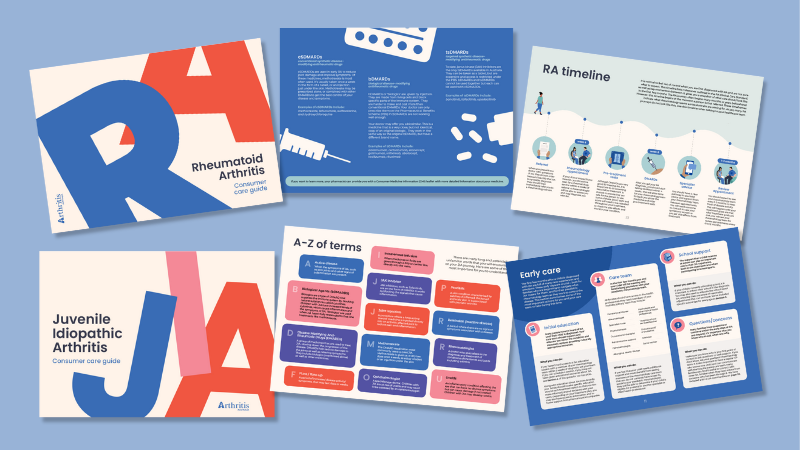CAM (Complementary and Alternative Medicine) Therapies
One thing you should be aware of before you try ANY complementary therapy for arthritis: there is limited scientific evidence that shows that these therapies work to relieve symptoms or ease inflammation. Even if you see studies or news articles that summarize studies, the quality of the study or evidence may not be very good. There are many low-quality “studies” being conducted by manufacturers or promoters of various therapies.
However, complementary and alternative therapies may help you feel better. They may help you cope with your symptoms or just the day-to-day experience of having a chronic illness. The best CAM therapy for any kind of arthritis is exercise. There is good-quality evidence to support regular physical activity for people with inflammatory arthritis.
A comprehensive exercise plan with aerobics (such as walking or cycling), strengthening (to build up your muscle strength), and flexibility (to improve joint range of motion) moves can really make you feel better. Before actively engaging in integrative medicine or complementary therapies, consult with your doctor.
Common CAM Therapies for Arthritis Pain
- Exercise
- Tai Chi and Yoga
- Acupuncture, possibly cupping
- Massage therapy
- Magnetic therapy, copper bracelets
- Relaxation therapy or meditation
- Hydrotherapy, sauna treatment
- Nutrition, dietary herbs and supplements
- Physical therapy
- Aquatic exercise
- Weight management
- Osteopathic manipulation
- Chiropractic adjustments
Exercise for Arthritis
Exercise is the most recommended therapy for arthritis. Be sure to ask your doctor about the safety of any CAM, even exercise, before starting it to make sure it is right for you. Click here exercise tips.
Acupuncture for Arthritis
This ancient healing practice uses thin needles that are inserted into specific points on the body. Acupuncture is meant to help balance your body’s natural energy flow (also known as ‘qi’). Its effects can ease your pain, increase a sense of calm, and improve digestion, to name a few possible benefits. Risks are typically mild, including transient lightheadedness, pain at needling site, initial exacerbation of symptoms, and bleeding. Acupuncture should ideally be performed by a licensed acupuncturist (LAc) who has completed a master’s degree or higher level of training. Acupuncture sessions are typically performed once or twice a week. At least six to ten sessions should occur before you decide on its effectiveness and whether to continue therapies. Insurance coverage varies for this therapy, so check with your carrier to learn if you have coverage for acupuncture. Recent research shows that acupuncture may have some benefits for people with chronic pain. Read about this research here and here.
Massage Therapy for Arthritis
Performed by massage therapists as well as other health professionals, massage involves pressing or kneading muscles and tissues in a relaxed, quiet environment. The most common type is Swedish massage. Recent studies have shown pain-relief benefits for Swedish massage, including for knee osteoarthritis. Massage therapy can relieve anxiety, which helps ramp down the pain response as well.
Magnet Therapy and Copper Bracelets for Arthritis
Magnets produce a field of energy that attracts metal, just like the ones you use to stick notes on your refrigerator. Magnets are used as an alternative therapy for pain relief in arthritis, and may be sold as products like socks, bracelets, mattress pads, or bands that you strap around your painful joints. However, there’s no evidence that magnet therapy works better than placebo to ease arthritis pain or other symptoms. These products could be a waste of money, but probably are low risk. Copper bracelets were also not found to have a significant effect on pain in arthritis in recent studies.
Relaxation Therapies or Meditation for Arthritis
Techniques to help you relax or ease stress can help you manage chronic pain or anxiety that’s common with having a disease like arthritis. Relaxation therapies include biofeedback, self-hypnosis, deep breathing techniques, meditation, or guided imagery. There are therapists trained to help you learn to do any of these relaxation techniques properly, but you can also teach yourself to do them by using online videos or tapes. Tai chi and Yoga may also be done in combination with techniques like meditation to help you relax.
Usually, relaxation is considered safe and healthy, but if you’ve had anxiety or depression, check with your doctor or psychologist to make sure it’s OK for you. For more information, go here and here.
Hydrotherapy for Arthritis
Water therapies use warm water in baths, showers, hot tubs, heated pools, or spas to help you relax tight, sore muscles or ease joint pain. “Hydro” means water. Hydrotherapy can also mean exercising in warm water. Studies show that warm-water exercise is a good way to build strength and fitness if you have arthritis. You can use a warm shower to loosen stiff joints in the morning, or you may find a soak in a spa tub to soothe sore, aching muscles. Some research has shown hydrotherapy helpful for pain relief. Talk to your doctor or physical therapist about the best ways for you to use hydrotherapy safely and effectively.
To learn more about CAM in general, visit the National Center for Complementary and Integrative Health’s website.





